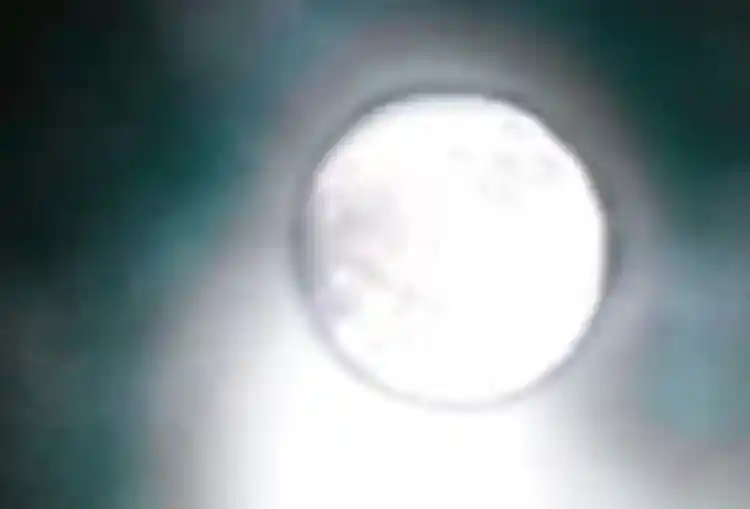Halos and Glare

Hide Video Transcript
Video Transcript
Michael Bloom, OD
Glare is more of a condition where a patient's vision is reduced or affected by light. Halos are a physical appearance of just a ring around lights that patient's notice. Typically something to do with the lens—whether it's the glasses lens in front of their eye, contact lens or the natural lens, the cornea or the lens internally the crystal lens. You know some aberration within that lens is typically what's causing the halo. The number one reason we see halos is patients have corrective lenses that don't have special coatings… …and so you have these special coatings that are put on these lenses that can reduce the glare and halos and they're actually called anti-reflective coating….
When somebody comes on with sort of a recent onset halos and never experienced that before, we would think that there's a condition in their eye that would be causing that— something again that would be maybe a corneal dystrophy, or obviously if they wear contact lenses then there would be the possibility that the contacts would be causing it.
Michael Bloom, OD (cont.)
Most of the time when somebody has these issues with contacts it's because over-wear—mis-wear of the contact lens. And so we educate them on the proper wearing schedule of the contacts and see if with that adjustment will typically will reduce the risk of having those issues with halos and corneal edema. The cornea, unlike the rest of the body, gets its oxygen from the ambient environment. So when we put a contact over the cornea we're in essence creating a barrier against this oxygen flow. So the biggest requirement for contacts is that they allow enough oxygen to permeate through that material to get to the front of the eye …
One of the big advances is a material called Silicone Hydrogel. Adding the silicon material has increased the oxygen flow of these lenses up to six-fold than the traditional soft lenses. But in absence of this person having any history of corrective error, the most likely thing we'd be looking at is just the lenses of the eye—the front lens, the cornea.
Jill Wells, MD
Patients need to come in and see an eye doctor annually for a good dilated eye exam. And I see a lot of patients that come in with complaints of halos. Especially driving at night they see a lot of halos on car lights, when the cars are coming at them and giving them a little difficulty while driving at night. That's often a first complaint of cataracts.
Lana Srur, MD
That can also occur in an acute episode of glaucoma, but that would also have other associated symptoms, like a very red or painful eye. Dry eye can also cause visual disturbances that could manifest as halos. The only treatment for cataracts is cataract surgery. And cataract surgery involves removing the cloudy lens and replacing it with a new artificial lens.
Jill Wells, MD
But just because a patient has a cataract or has halos around car lights, does not necessarily mean that the patient needs cataract surgery. You really have to weigh how bad are the halos affecting you. When glare or halos interfere with patient's daily activities that would be the time to come in and see an eye doctor.